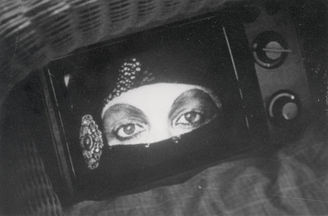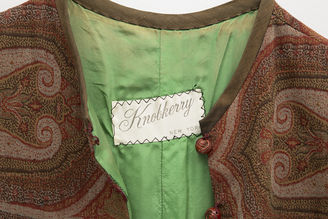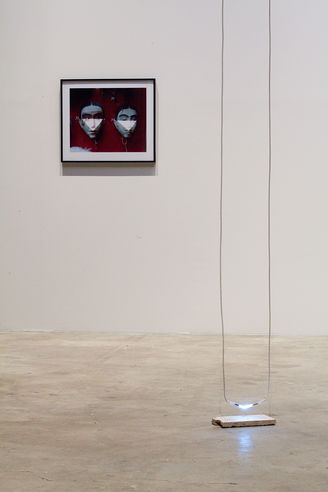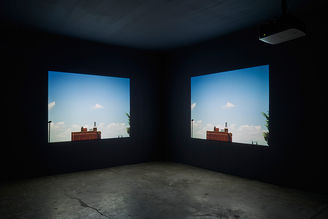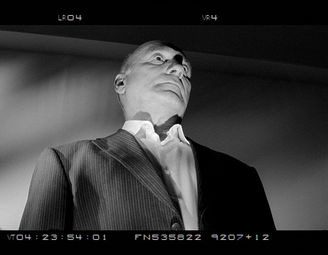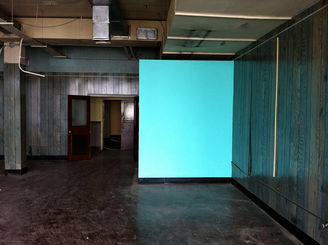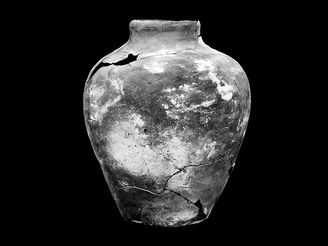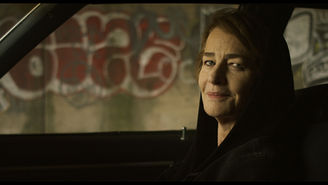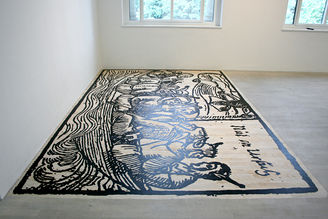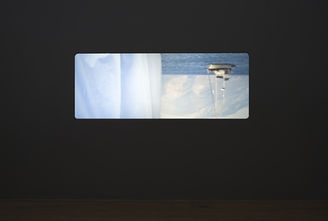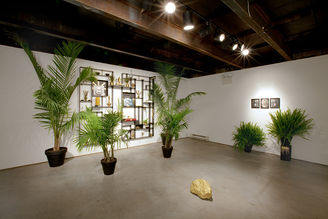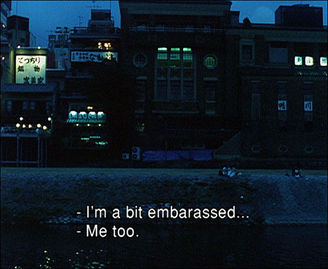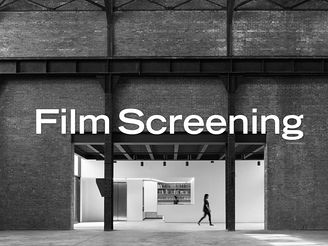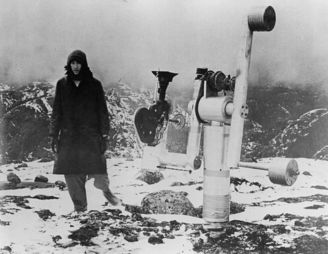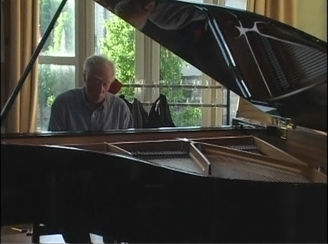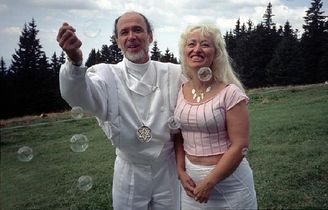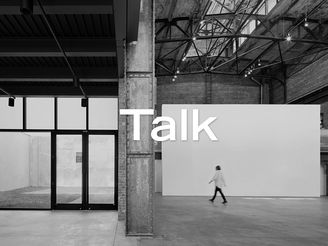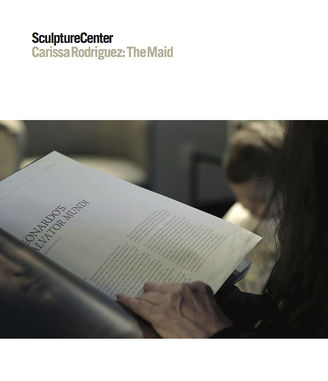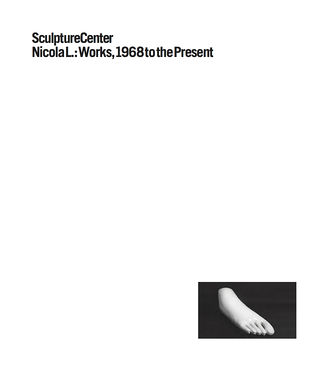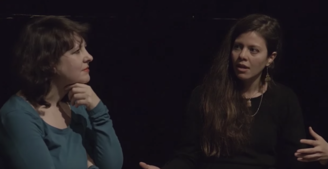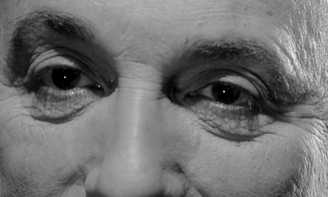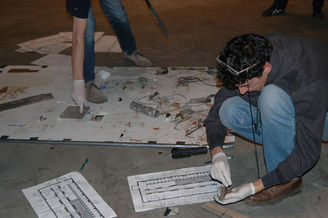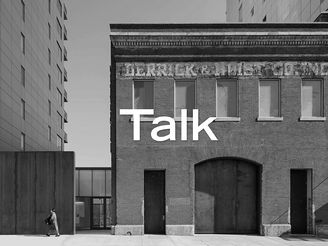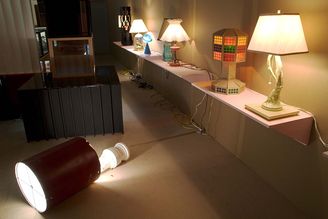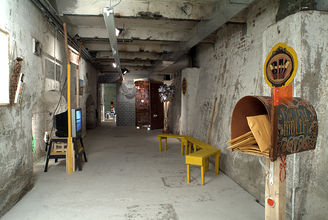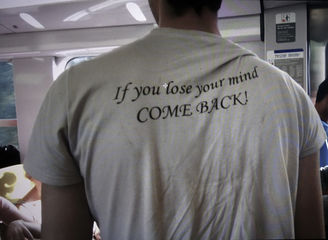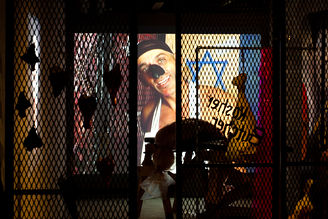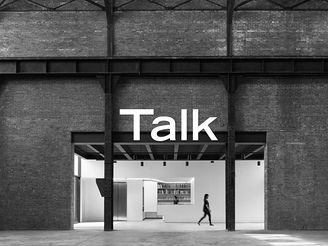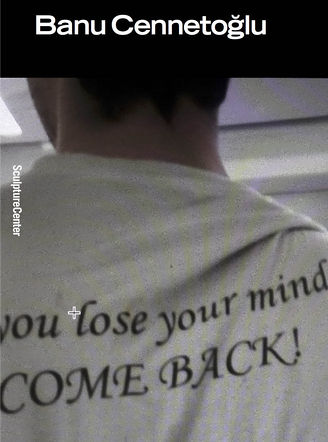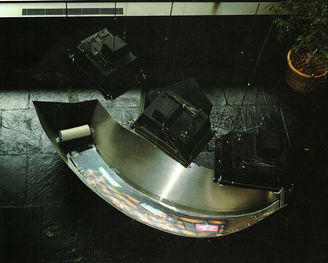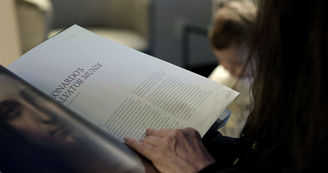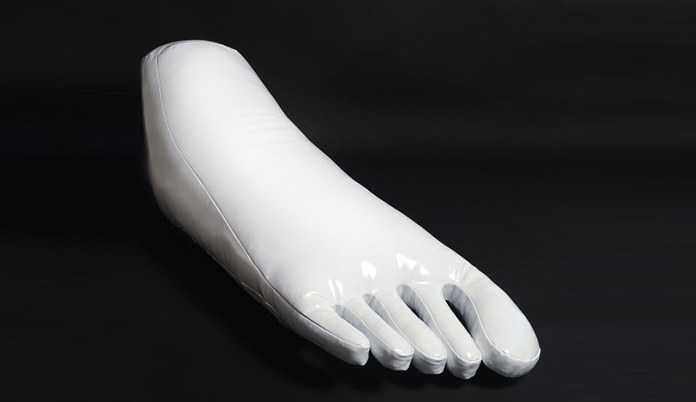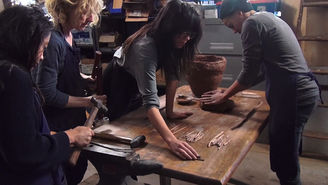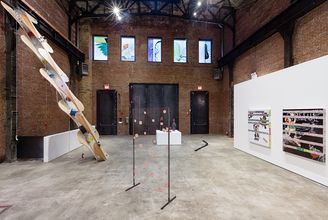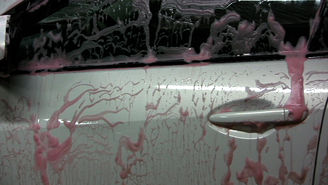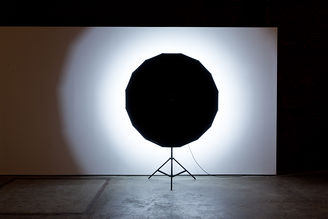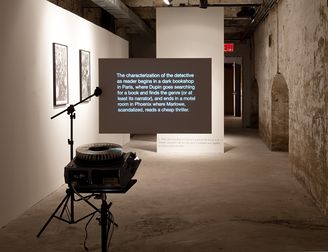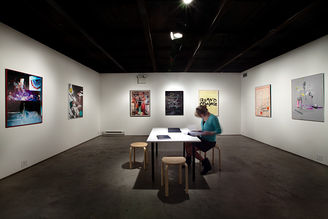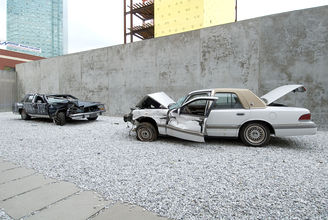Time Again Screening - July 6th
Wed, Jul 6, 2011, 7pm
Olga Chernysheva, The Train, 2003, video still. Courtesy of the artist and Foxy Production, New York.
SculptureCenter and Anthology Film Archives present a screening series that further explores the language of repetition central to the exhibition Time Again on view at SculptureCenter, through July 25. Bringing together works that destabilize conventional ways of seeing and considering what is past and what is present these works engage gesture, image sequence, material affect, and displaced narrative, challenging our understanding of what it means to be contemporaries. Organized by Isla Leaver-Yap and SculptureCenter Curator Fionn Meade
Program 2: Archival and historical settings are re-animated only to be undone. In the films presented history is not engaged as stable and singular, nor is it a place of redress or amendment. Rather, it is an unfolding place to be occupied, used, redirected, and put back in motion.
Special Guest: Q&A with William E. Jones
Running time: 1 hour, 30 minutes
Tickets: $9 general, $7 students/seniors, $6 AFA and SC members.
Emily Wardill, The Diamond (Descartes' Daughter), 2008, 10 min, 16mm, color, sound
Reworking the legend of Descartes' double loss of his daughter (the first, childhood illness; the second, a sailor's discovery of Descartes' surrogate daughter-cum-automaton resulted in the dummy being discarded at sea), Wardill's highly eccentric 16mm work revivifies the disembodied figure of Francine Descartes. A single disjointed narrative is discontinuously reconfigured in a halting and staccato Swedish/Welsh accent, and is juxtaposed with a series of analogous and anachronistic images (the character/narrator appears playing a Nintendo Wii, for instance). Wardill produces a series of short-circuits through which to re-imagine highly fictionalized moments of a-rational materialization of desire and the trauma of loss.
Ursula Mayer, Lunch in Fur, 2008, 7min, 16mm transferred to video, color and b/w, sound
Lunch in Fur is an imagined meeting between the artist Meret Oppenheim, the singer Josephine Baker and the photographer Dora Maar in a 1960s glasshouse. In highly choreographed scenarios, the three women discuss their lives, and the symbolic props that surround them appear as totems for their successes and failures. Mayer examines the dream of Surrealism through the fractured and fictional gaze of these reconstituted figures.
Hito Steyerl, November, 2004, 25 min, video, color, sound
Revisiting a martial arts film made by Steyerl in the 1980s, which featured the artist's friend Andrea Wolf, November falteringly traces the movement between Wolf's nascent politicisation and her eventual death as a revolutionary fighter of the Kurdistan Workers Party. November, then, is the month that follows a revolutionary October. A complex piece, November exposes not only the dispersion of an image and its fractured biographies, but also the motives of political filmmaking and its limits.
Deimantas Narkevičius, Revisiting Solaris, 2006, 18 min, 35mm transferred to HD video, color, sound
Reconstructing the final passage of Stanislav Lem's novel Solaris, Narkevičius recasts the original actor of Andrei Tarkovsky's film adaptation of Lem's science fiction classic. In his former role of Solaris' protagonist Chris Kelvin, the visibly aged actor Donaras Banionis moves about an abandoned Lithuanian television station, playing out the final scene that Tarkovsky left out of his cinematic version. Revisiting Solaris is an interrogation of the future in retrograde.
Matthew Buckingham, False Future, 2007, 16mm, 10 min, sound, color
False Future takes up the story of Louis Le Prince, the little-known inventor who developed a working motion picture system at least five years before the Lumière Brothers. Had Le Prince not mysteriously disappeared aboard a train between Dijon and Paris in 1890 he would most likely be known today as the originator of cinema. False Future speculates on this false-start in the history of filmmaking, focusing on the drives and desires that lie behind the invention and reception of moving images.
William E. Jones, Monument, 2011, 8 min, sequence of digital files, b/w, silent
Monument derives from 44 photographs taken by the Detroit Photo Company circa 1905, and now in the collection of the Library of Congress. The photographs document public sculptures in North America. Each shot of Monument is a zoom into the face of a person represented in the sculpture, then a quick zoom out to the inscription identifying the subject. Some of the figures are of enduring celebrity (e. g., George Washington); others are rather obscure (e. g., a New Orleans woman identified only as "Margaret"); still others represent historical events rather than personages. The sculptures recall a time when conventional ideas about public art and what it should commemorate were firmly entrenched, before other, more modern ideas supplanted them.
Shahryar Nashat, Today, 2010, 5 min, HD video, color, sound
Commissioned for an exhibition titled Old Ideas in the Museum für Gegenwartskunst in Basel, Switzerland, Nashat collaborated with the installation staff to portray artworks from the collection in the storage area while also exploring the conservation department's photographic studio. The film casts two sculptures by a once widely known Swiss sculptor Karl Geiser (1898 - 1957) as protagonists.
Olga Chernysheva, The Train, 2003, 7 min and 30 sec, video, b/w, sound
The Train is a remarkable video journey through the carriages of a Russian intercity train that recalls the early Realist cinema of Vertov. Stoic passengers and staff seem largely oblivious to the cameraperson passing by them, walking toward the back of the train. A window onto contemporary Russia, the film is also a shrewd re-working of conventional filmmaking.

